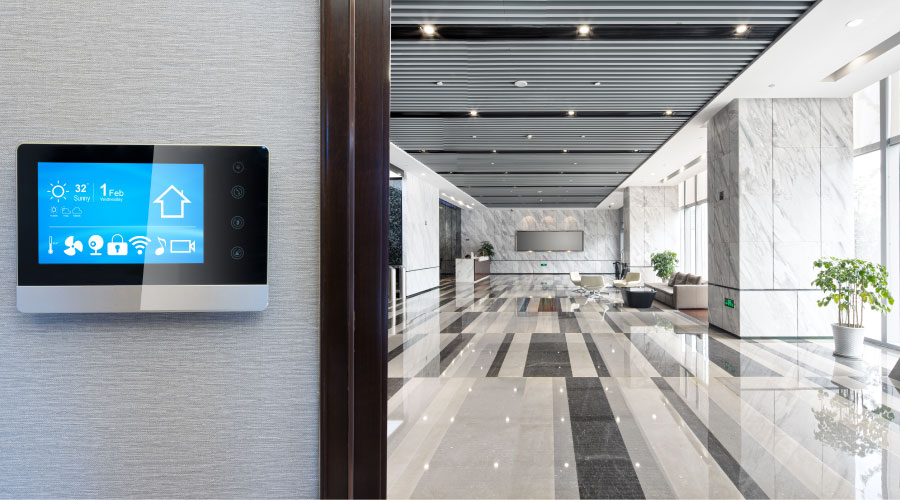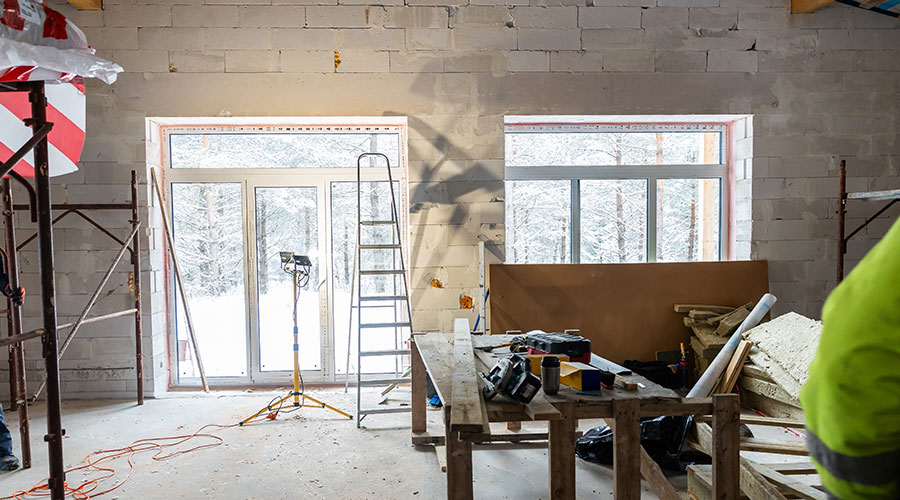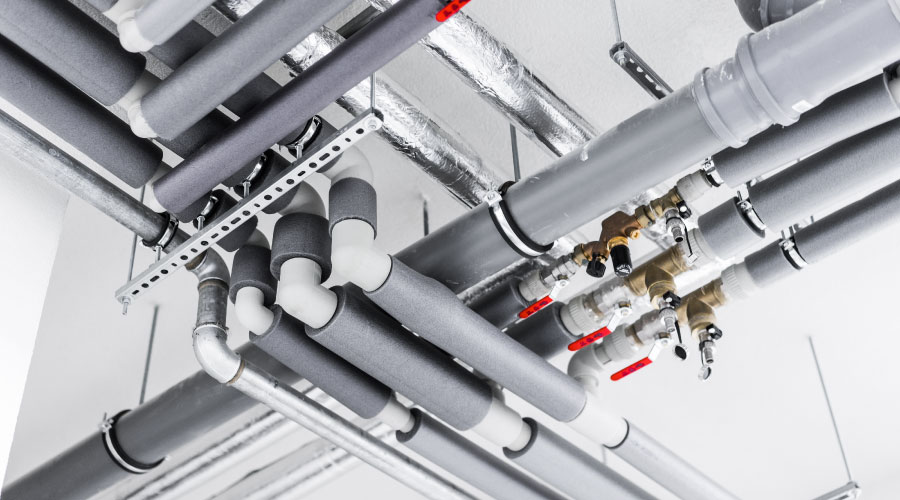
Study Illustrates Benefits of Health and Wellness Strategies
The study also shows how detrimental open office plans are for occupant health, wellbeing, and productivity. September 13, 2023
By Greg Zimmerman, senior contributing editor
A new study published in Building and Environment titled “The potential of high-performance workplaces for boosting worker productivity, health, and creativity: A comparison between WELL and non-WELL certified environments” illustrates and quantifies some of the key benefits of health and wellness strategies, generally, but also WELL Building Certification specifically.
One of the main findings of the study is that visual privacy is a crucial part of occupant satisfaction and productivity. In other words, the traditional open office is detrimental to productivity, the study found. According to the authors, “the tolerance for low-performing workplaces is likely to decrease post-COVID and there is renewed interest in delivering high-performance workplaces for industry.”
The study also found that occupants in WELL offices were 18 percent more satisfied with access to sunlight, 17 percent more satisfied with acoustical privacy, 16 percent more satisfied with connection to the outdoor environment, 12 percent more satisfied with lighting, 11 percent more satisfied with thermal comfort, and 10 percent more satisfied with both indoor air quality and air movement.
On the whole, the study makes clear that facility managers need to pay as much attention as possible to health and wellness strategies, ditch open office environments, and give occupants more incentive to come into the office as opposed to working from home.
Greg Zimmerman is senior contributing editor for FacilitiesNet.com and Building Operating Management magazine.
Next
Read next on FacilitiesNet












